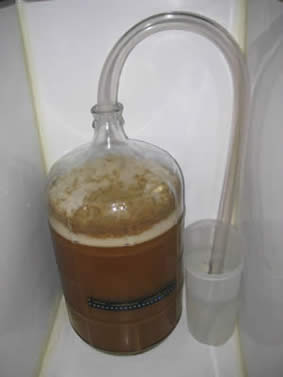I want to try cold crashing my brew in glass carboy & have a single airlock.
I read to fill water up to max fill line on airlock & I'll be fine. I've also read to attach a blowoff hose & insert into water to prevent add'l air from entering.
Is one way better than the other, or another preferred method? It seems like, unless the blowoff tube is filled with water, air would still have a chance to enter carboy, right?
I read to fill water up to max fill line on airlock & I'll be fine. I've also read to attach a blowoff hose & insert into water to prevent add'l air from entering.
Is one way better than the other, or another preferred method? It seems like, unless the blowoff tube is filled with water, air would still have a chance to enter carboy, right?
Last edited:






























![Craft A Brew - Safale BE-256 Yeast - Fermentis - Belgian Ale Dry Yeast - For Belgian & Strong Ales - Ingredients for Home Brewing - Beer Making Supplies - [3 Pack]](https://m.media-amazon.com/images/I/51bcKEwQmWL._SL500_.jpg)








